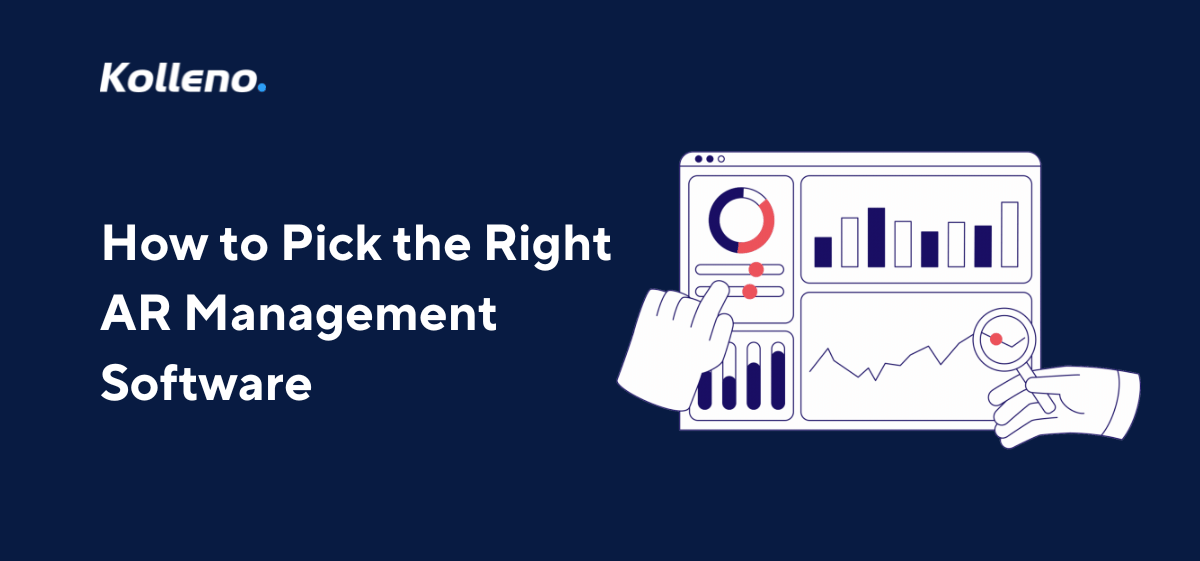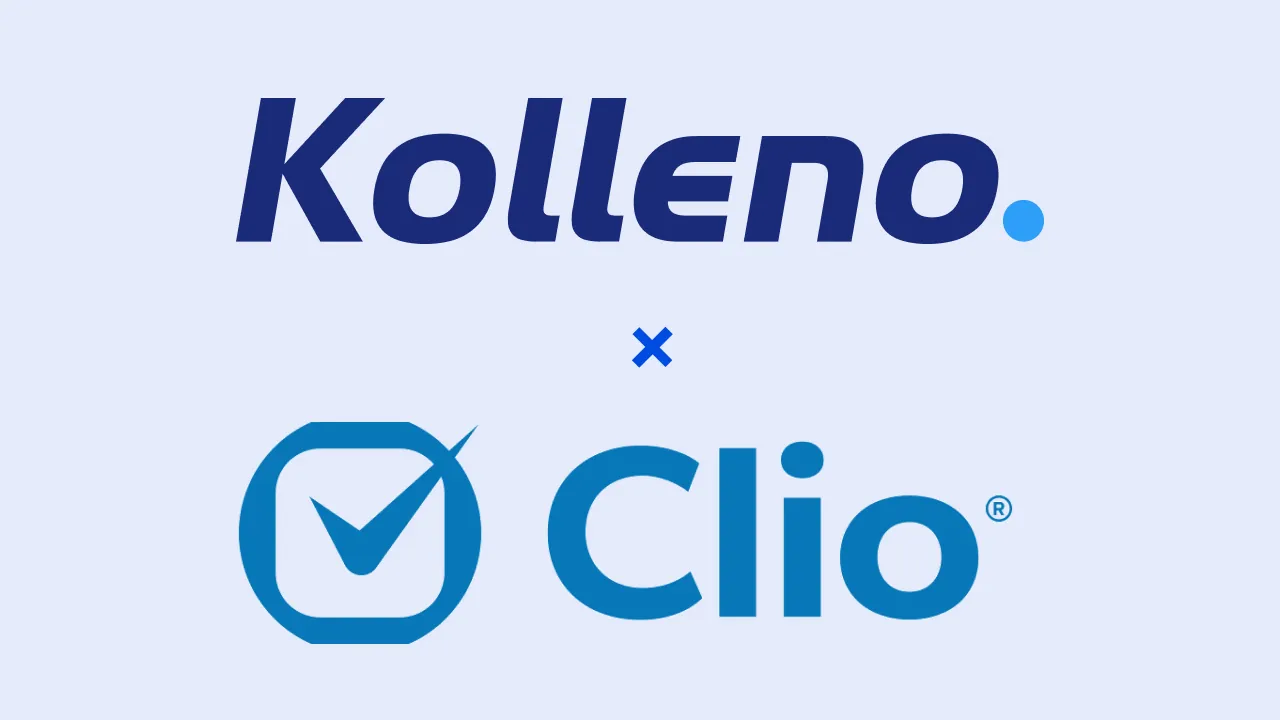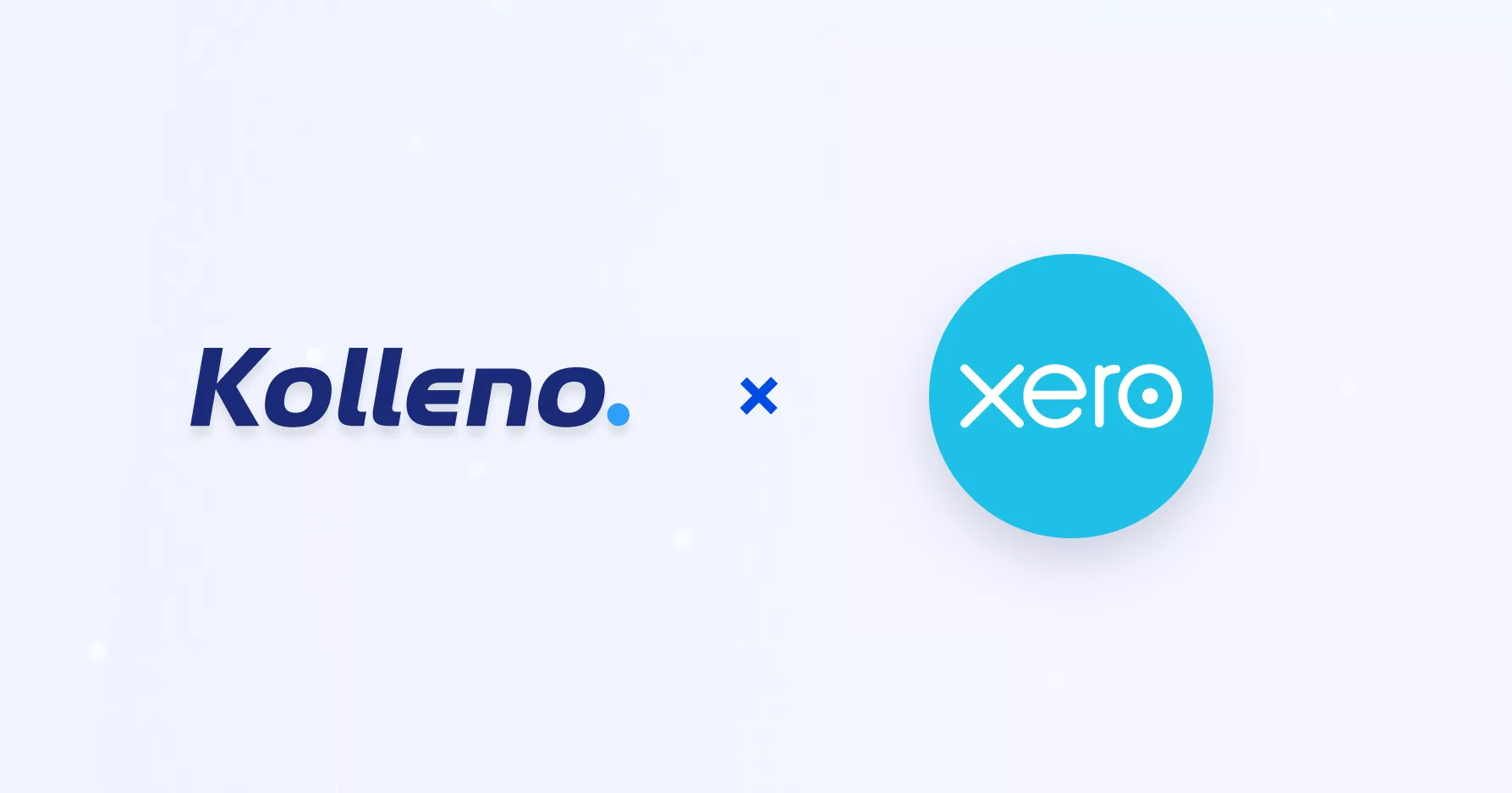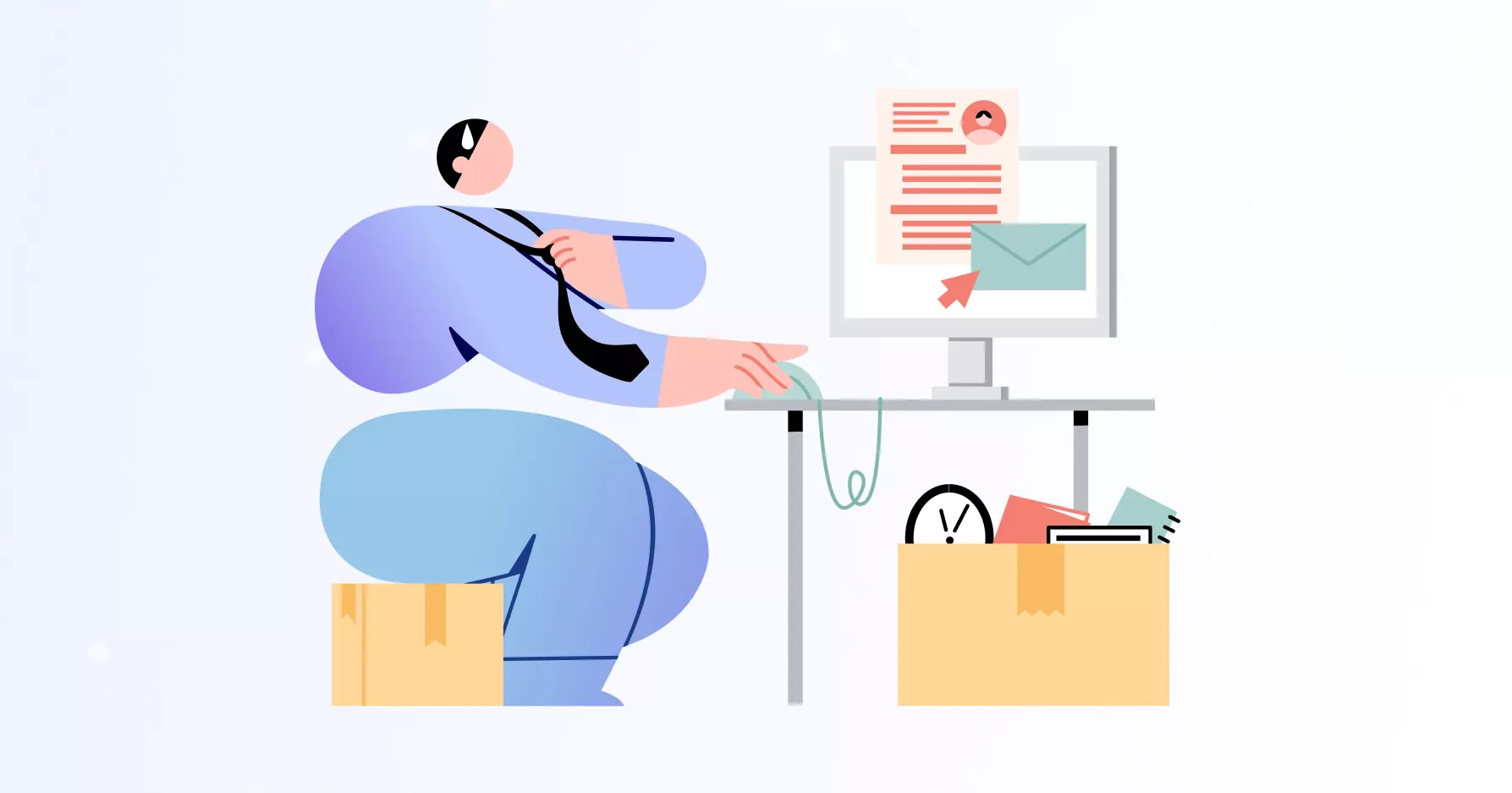Accounts receivable management is the lifeblood of any business, directly impacting cash flow and overall financial health. As companies grow and adapt, their strategies for managing customer payments and invoices must also evolve.
Enter accounts receivable automation software – a game-changer for businesses looking to streamline their AR processes and reduce manual tasks.
However, selecting the right solution can be overwhelming given the huge number of options in the market. Whether you’re a small business owner or part of a larger enterprise, understanding how to choose the right accounts receivable management software is crucial. In this post, we’ll explore the key factors to consider, ensuring you make an informed decision that aligns with your business needs and goals.
P.S. Ready to get started? Sign up for Kolleno’s advanced AR automation software today and automate accounts receivable processes with ease.
Understanding your needs
Before diving into the world of accounts receivable software, it’s crucial to have a clear understanding of your business’s specific requirements. This self-assessment will guide you towards choosing a solution that directly addresses your pain points and enhances your financial operations.
Assess your current accounts receivable process
Map out your existing accounts receivable workflows from invoice creation to payment collection, and identify manual tasks that consume significant amounts of your accounts receivable professionals’ time and resources. Evaluate the accuracy and timeliness of your current system
Identify pain points and areas for improvement
Analyze common issues with accounts receivables management, such as late payments, disputes, or cash application errors. Consider feedback from your AR team and customers regarding invoice clarity and payment processes. Determine which aspects of your AR process most urgently need improvement.
Determine your business size and scalability requirements
Consider your current transaction volume and projected growth. Assess the complexity of your billing structure (e.g., recurring invoices, multiple payment methods), and think about potential future needs as your business expands.
By thoroughly examining these aspects, you’ll be better equipped to evaluate software options and select a solution that aligns with your specific needs and goals.
Key features to look for in accounts receivable software
When evaluating AR software, certain features stand out as essential for optimizing your AR process. Here are the key functionalities to consider:
- Automation capabilities: Automated invoicing reduces manual data entry and errors, while automatic payment reminders improve collection rates.
- Invoicing and billing tools: Customizable invoice templates help to maintain brand consistency, as well as streamlining recurring invoices.
- Payment processing options: Look for a tool that integrates with a variety of payment gateways, alongside having real-time payment tracking and updating. Ideally, your software would support multiple payment methods to accommodate different preferences, helping you safeguard customer relationships.
- Cash application features: These include automated matching of payments to invoices, easy handling of partial payments and overpayments, and even exception handling for complex scenarios.
- Reporting and analytics: The best accounts receivables software have customizable dashboards for at-a-glance insights, provide detailed aging reports to track outstanding invoices, and offer predictive analytics for cash flow forecasting.
- Integrations with other systems: Look for tools that offer a seamless connection with your accounting software, integrate with CRM systems for a unified customer view, and have API availability for custom integrations with other business tools.
By prioritizing these features, you can ensure that the accounts receivable software you choose will significantly improve your AR processes and overall financial management.
Evaluating software options
Once you’ve identified the key features you need, it’s time to dive into the process of evaluating different accounts receivable software options. Start by conducting thorough research on available solutions in the market. Look beyond flashy marketing materials and dig into the specifics of each software’s capabilities.
Compare features side by side, paying close attention to how well they align with your identified needs. Don’t forget to consider pricing structures—some software may have hidden costs or charge extra for features you consider essential. User reviews and testimonials, like Kolleno’s comprehensive library of customer stories, can provide valuable insights into the real-world performance of the software. In other words, whether it can process payments quickly and easily.
Look for reviews from businesses similar to yours in size and industry. Additionally, most reputable software providers offer demos or free trials. Take advantage of these opportunities to get hands-on experience with the interface and functionality. This firsthand experience can be invaluable in determining whether the software is truly a good fit for your team.
Remember, the goal is not just to find software with the most features, but to find the solution that best addresses your specific accounts receivable challenges and integrates smoothly with your existing processes.
Considerations for implementation
The implementation phase of your new accounts receivable software is critical to its long-term success. Start by forming a dedicated implementation team that includes representatives from finance, IT, and end-users. This cross-functional approach ensures all perspectives are considered during the rollout. Develop a detailed implementation timeline, factoring in key business cycles to minimize disruption. Pay special attention to data migration – this is often the most challenging aspect of implementation.
Work closely with the software vendor to ensure all historical data is accurately transferred and validated. Consider running the new system in parallel with your old one for a short period to catch any discrepancies. Training is another crucial element of successful implementation. Opt for a mix of training methods, including hands-on sessions, online tutorials, and written documentation, to cater to different learning styles within your team.
Don’t underestimate the importance of change management. Communicate clearly and frequently about the benefits of the new system to build enthusiasm and buy-in from all stakeholders. Plan for post-implementation support, either through internal resources or the vendor’s support team, to address any issues that arise as users become more familiar with the system.
Finally, establish key performance indicators (KPIs) to measure the success of the implementation. These might include metrics like reduction in DSO, increase in automated cash application rates, or improvement in user productivity. Regular reviews against these KPIs will help you fine-tune the system and maximize its benefits over time.
Return on investment (ROI)
Investing in accounts receivable software is a significant decision that should yield tangible benefits for your business. Understanding the potential return on investment is crucial for justifying the expense and measuring the success of your implementation. Let’s explore the key areas where you can expect to see returns:
Potential cost savings
By automating many aspects of the accounts receivable process, you can significantly reduce labor costs associated with manual data entry, invoice processing, and payment reconciliation. The software’s accuracy also minimizes costly errors that can lead to payment delays or disputes. Additionally, you may see reduced costs in areas like printing and mailing as you shift towards electronic invoicing and communication.
Improved efficiency and productivity
The best accounts receivable software streamlines workflows, allowing your team to process invoices faster and more accurately. For example, Kolleno’s automated accounts receivables software unlocked a 187% increase in efficiency for one of its clients in the facilities management industry.
Automated reminders and follow-ups for overdue payments reduce the time spent on collections activities. With routine tasks handled by the software, your AR team can focus on more strategic activities, such as managing customer relationships and addressing complex account issues. This boost in productivity can often be quantified in terms of increased invoice volume handled per employee.
Enhanced cash flow management
Perhaps the most significant ROI comes from improved cash flow management. By accelerating the invoice-to-cash cycle, you’ll see faster payments and reduced days sales outstanding (DSO). The software’s ability to provide real-time insights into receivables allows for more accurate cash flow forecasting.
This improved visibility enables better working capital management, potentially reducing the need for short-term borrowing and its associated costs. Moreover, the ability to identify and address payment issues quickly can lead to improved customer relationships and potentially increase customer retention rates.
Final thoughts
Selecting the right accounts receivable management software is a critical decision that can significantly impact your business’s financial health and operational efficiency. By thoroughly assessing your needs, evaluating key features, and carefully considering implementation factors, you can make an informed choice that aligns with your business goals. Remember that the best software is not necessarily the one with the most features, but the one that best fits your specific requirements and can grow with your business.
As you move forward with your selection and implementation process, keep in mind that success goes beyond just choosing the right software. It requires commitment to change, thorough training, and ongoing optimization. Embrace the opportunity to transform your accounts receivable processes, and you’ll likely see improvements in cash flow, customer relationships, and overall financial management.
Ultimately, the right accounts receivable software can be a powerful tool in your financial arsenal, enabling you to streamline operations, reduce costs, and make more informed business decisions. With careful consideration and strategic implementation, you’ll be well-positioned to reap the benefits of this important investment for years to come.
About Kolleno
Kolleno is an all-in-one AR management platform. It offers a comprehensive suite of tools to automate invoice tracking, payment reminders, and collections, making it easier for businesses to manage and maintain a healthy cash flow. Founded with the mission to help businesses get paid faster, Kolleno leverages the latest and most advanced technology, including AI and machine learning, to bring efficiency to AR management.











